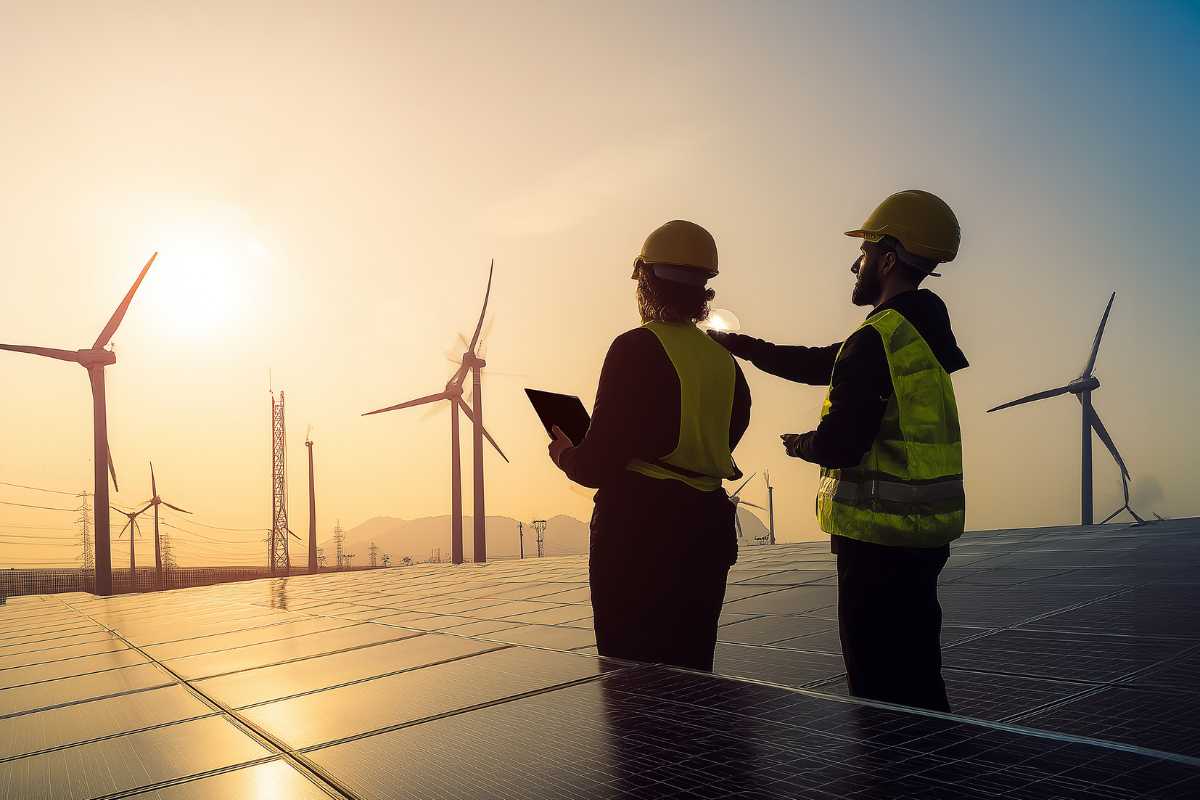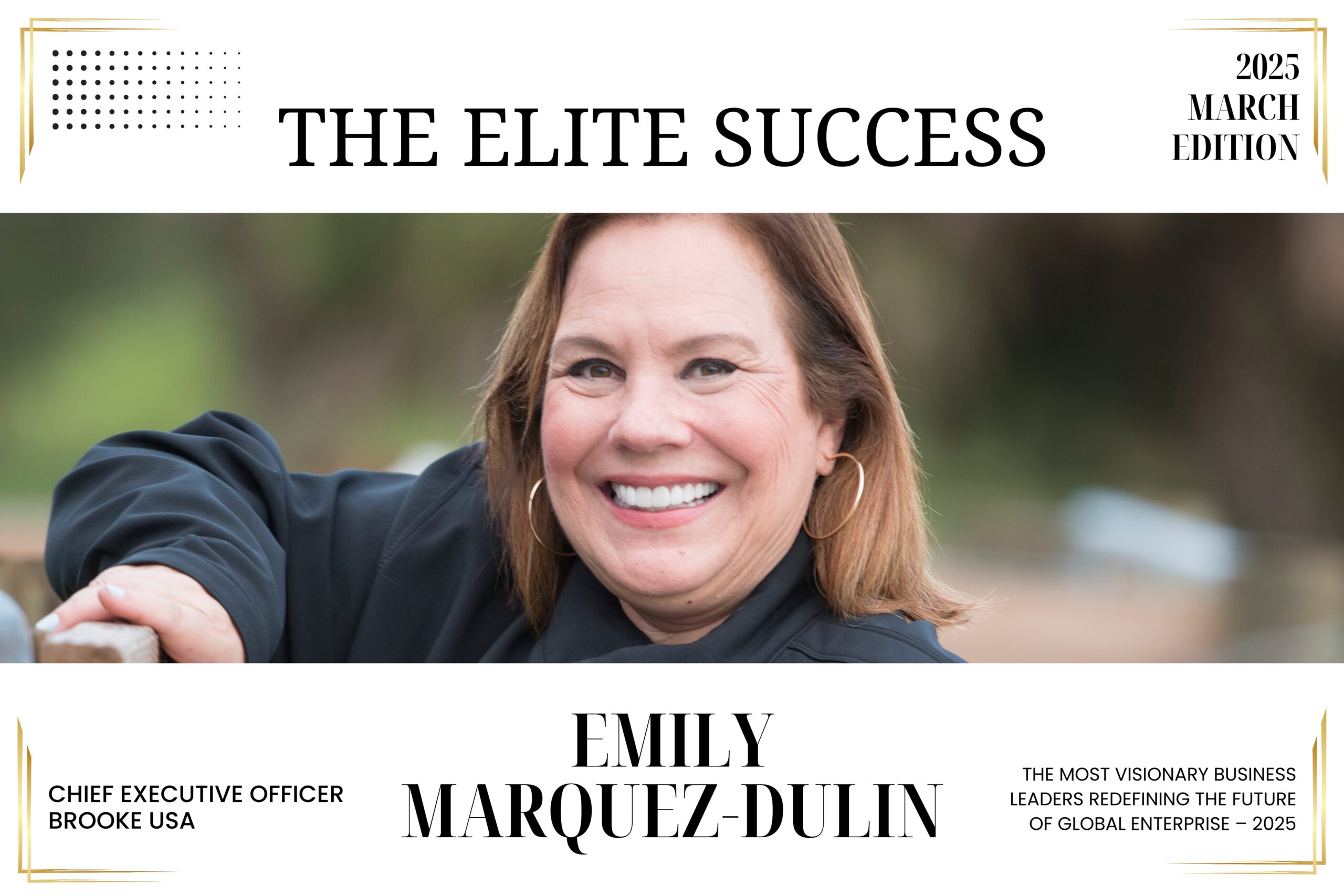The Green Gold Rush: Why Renewable Energy Is the Investment Opportunity of the Decade
The global economy is in the midst of a seismic shift, one that rivals the industrial revolution in scope and impact. This time, the driving force isn’t coal or steel but clean, renewable energy. From solar and wind to hydropower, hydrogen, and advanced storage systems, renewables are no longer a niche alternative; they are rapidly becoming the backbone of tomorrow’s energy economy.
For investors, this moment represents what many call the “Green Gold Rush.” Renewable energy isn’t just about fighting climate change; it’s about tapping into one of the most lucrative, scalable, and future-proof industries of our time. The race to decarbonize the world is creating unprecedented opportunities across markets, making renewables the investment opportunity of the decade.
The Energy Transition: From Fossil Fuels to Renewables
For more than a century, fossil fuels have powered the world’s growth. Oil, coal, and natural gas fueled factories, cars, homes, and cities. But this dominance has come at a price: environmental degradation, geopolitical volatility, and rising climate risks.
Now, the tide is turning. According to the International Energy Agency (IEA):
- Renewables are set to account for over 90% of new global electricity capacity in the coming years.
- Solar power alone is expected to become the cheapest source of energy in history.
This transition is being accelerated by three forces:
- Climate Imperatives: Global agreements like the Paris Accord are pushing governments to adopt aggressive net-zero targets.
- Technological Breakthroughs: Costs of solar, wind, and battery storage have plummeted by up to 85% in the past decade.
- Market Demand: Consumers, businesses, and investors increasingly prefer sustainable energy solutions.
Why Renewable Energy Is the Opportunity of the Decade
1. Explosive Market Growth
The global renewable energy market is projected to surpass $2 trillion by 2030. Solar and wind, once considered expensive luxuries, are now cheaper than fossil fuels in most regions. This shift ensures massive growth as governments and corporations commit to clean energy targets.
2. Strong Policy Support
Governments worldwide are pumping trillions into clean energy initiatives. For example:
- The U.S. Inflation Reduction Act (2022) allocated $369 billion to climate and energy programs.
- The EU’s Green Deal targets net-zero emissions by 2050, with massive subsidies for renewable adoption.
- China, the world’s largest emitter, is the biggest investor in renewables, leading in solar and wind deployment.
Public policy ensures that renewable energy projects are not just profitable but politically prioritized.
3. Investor Sentiment and ESG Trends
Institutional investors are flocking to renewable energy because it aligns with Environmental, Social, and Governance (ESG) mandates. Pension funds, asset managers, and sovereign wealth funds are shifting capital away from fossil fuels into green portfolios. BlackRock, the world’s largest asset manager, has publicly declared sustainability its “new standard for investing.”
4. Risk Mitigation and Energy Security
Geopolitical tensions, like the Russia-Ukraine war, exposed the risks of fossil fuel dependency. Renewables, being locally sourced, enhance energy independence and security. For investors, this makes renewables less vulnerable to the price shocks and supply disruptions that plague oil and gas markets.
5. Innovation and New Business Models
Beyond traditional energy generation, renewables open doors to adjacent innovations:
- Battery Storage & Smart Grids, ensuring reliability in renewable systems.
- Green Hydrogen, powering heavy industries and transport.
- Distributed Energy Models, rooftop solar, community wind projects, and microgrids.
These emerging sectors offer investors diverse entry points into the green revolution.
Profit and Planet: A Win-Win Equation
Investors traditionally faced a trade-off between doing good and making money. Renewable energy has shattered that myth.
- Higher Returns: Renewable projects increasingly outperform fossil fuel portfolios. Many clean energy ETFs have outpaced broader stock indices in recent years.
- Stable Cash Flows: Power purchase agreements (PPAs) lock in long-term contracts with guaranteed returns.
- Resilient Demand: Unlike tech trends that can fade, the demand for clean energy is structural and permanent.
The “Green Gold Rush” is about achieving strong ROI while creating measurable environmental impact.
The Role of Technology in Unlocking Value
Solar Power
- Solar is now the cheapest source of electricity in history.
- Innovations like perovskite solar cells promise even greater efficiency.
Wind Energy
- Offshore wind is gaining traction, especially in Europe and Asia.
- Turbine technology is scaling up, generating more power with fewer installations.
Energy Storage
- Lithium-ion battery costs have fallen by nearly 90% since 2010.
- Next-gen storage (solid-state batteries, flow batteries) could eliminate intermittency challenges.
Green Hydrogen
- Produced from renewable electricity, hydrogen is emerging as a clean alternative for heavy industries.
- Massive investments from companies like Siemens and Shell are accelerating hydrogen’s commercialization.
Technology ensures that renewables are not just environmentally viable but economically dominant.
Case Studies: Leaders in the Green Gold Rush
NextEra Energy (U.S.)
The world’s largest producer of wind and solar energy, NextEra, has consistently delivered shareholder returns above industry averages, proving renewable companies can be both profitable and scalable.
Ørsted (Denmark)
Once a fossil fuel giant, Ørsted reinvented itself as a renewable powerhouse, with over 90% of its energy generation now coming from renewables. Its transformation is a blueprint for legacy energy firms.
Tesla (Global)
Beyond cars, Tesla’s solar panels and energy storage products are reshaping decentralized energy markets. Investors who believed early have seen exponential returns.
Adani Green Energy (India)
India’s largest renewable player, Adani, is spearheading solar and wind projects across Asia, tapping into high-growth emerging markets.
These cases highlight the profitability and scalability of renewable investments.
Barriers and Risks to Consider
Despite its promise, renewable investing isn’t without challenges:
- Intermittency Issues: Reliance on sun and wind requires strong storage solutions.
- High Upfront Costs: Infrastructure investment remains capital-intensive.
- Policy Risks: Changes in government or subsidies can affect profitability.
- Supply Chain Pressures: Rare earth minerals used in solar panels and batteries face geopolitical risks.
Savvy investors mitigate these risks by diversifying across technologies and geographies.
The Future of Renewable Energy Investment
Looking ahead, renewables are poised to dominate the global energy mix. Some key trends:
- 100% Clean Energy Grids: Countries like Norway, Costa Rica, and Iceland are already nearly there.
- Decentralized Energy Markets: Rooftop solar and microgrids will empower communities to produce their own power.
- Integration with Digital Tech: AI and blockchain will optimize smart grids and energy trading.
- Corporate Commitments: Companies like Google and Apple are pushing entire supply chains toward renewable adoption.
The trajectory is clear: renewable energy is not a passing trend but the foundation of the 21st-century economy.
Conclusion: The Green Gold Rush Is Now
The renewable energy revolution is the investment story of our time. With strong policy support, technological innovation, rising consumer demand, and undeniable profitability, renewables are not just an ethical choice but a financially compelling one.
Investors who embrace the Green Gold Rush early stand to benefit the most, capturing opportunities across solar, wind, hydrogen, storage, and beyond. More importantly, they will be part of a transformation that doesn’t just generate wealth but safeguards the planet for future generations.
The question is no longer if renewables will dominate, but when. And for investors, the time to act is now.













